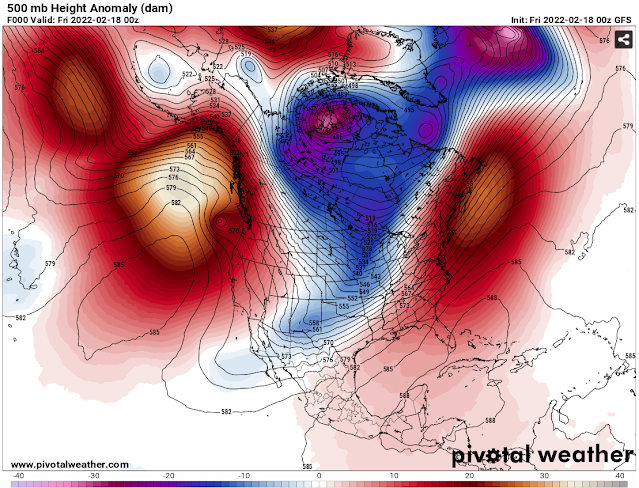Stand For Freedom, Stand With Ukraine 🇺🇦
FastCast—Sunday, Feb. 27 to Friday, Mar. 4:
An atmospheric river is moving in to Western Washington. Significant rain totals are expected, with 2-4 inches likely over the lowlands. The heaviest rain will fall from Sunday afternoon to early Tuesday morning. Urban flooding and standing water is expected. River flooding will also occur. Moderate to major flooding is expected on the Snoqualmie River basin and on the Cowlitz, upper Nisqually, Stillaguamish, and Skokomish Rivers. Gusty winds, up to 30-45 mph, are possible around the lowlands through Tuesday. Additionally, the atmospheric river will bring subtropical air. Highs will reach the mid to upper 50s on Monday and Tuesday, with lows in the mid to upper 40s.
—————————————————————
Continue reading the full blog below!
Update 9:20 AM Monday: Urban and Small Stream Flood Warning issued for the Puget Sound area from Everett southward, through 7 AM Tuesday. Alert below.
——————————————————————
After a relatively dry February, the month will end with a deluge. An atmospheric river will bring heavy rain and significant totals are expected by Tuesday.
Below is the HRRR forecast for rain totals from Sunday morning to Tuesday morning.
Expect up to 4 inches in the lowlands. A significant rain shadow can be observed over Whidbey Island and the NE Olympic Peninsula. The coast and Coast Range will be hammered, with 4-10 inches of rain.
This atmospheric river will impact the area from late Sunday to early Tuesday, peaking midday Monday.
Dark purple, red, and orange colors indicate between 1.5 and 3 inches of rain in 24 hours (see the key on the right side of the graphic). This amount of rain, generally south of Seattle, will likely cause urban flooding. Be aware of ponding, small stream flooding, and flooding in low-lying areas.
The most significant flooding will occur in the Snoqualmie/Snohomish/Tolt River system, where moderate to major flooding is expected. Snoqualmie Falls will be a spectacle on Tuesday! The Stillaguamish, upper Nisqually, and Cowlitz Rivers will also experience moderate to major flooding. In Eastern Washington, expect bankfull stage to minor flooding on the entirety of the Naches and Yakima Rivers.



















































